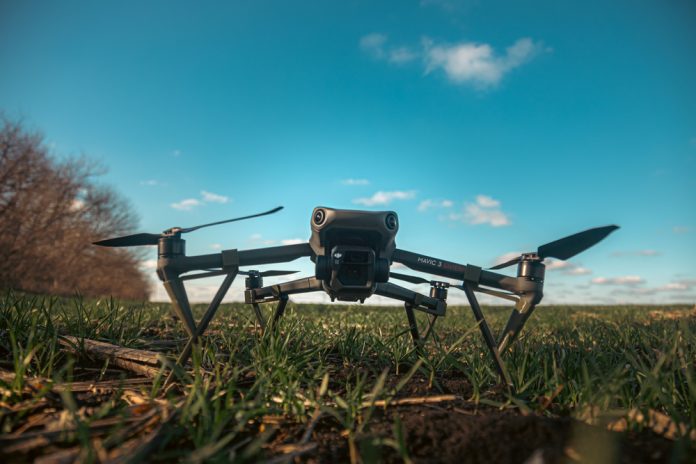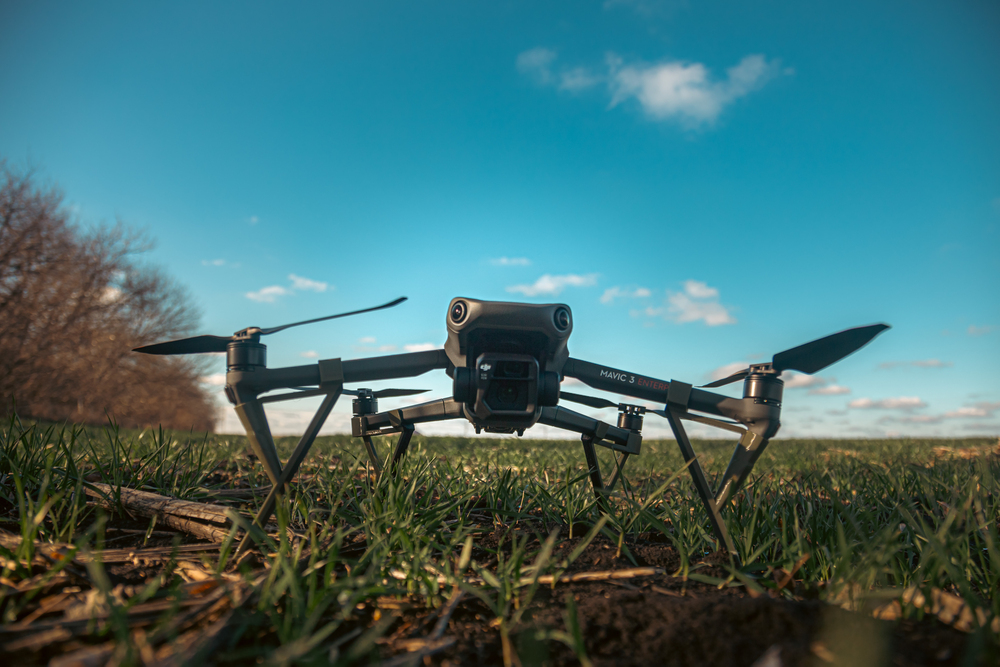
One Shahed drone costs Russia only $20,000 while shooting it down can incinerate a $4 million Patriot missile. This isn’t math; it’s an earth-shattering reorientation of modern warfare economics and tactics. As the conflict between Ukraine and Russia enters its fourth year, drone swarms and counter-drone measures have transformed the battlefield into a high-stakes experiment in military ingenuity with far-reaching implications for defense, diplomacy, and technology.
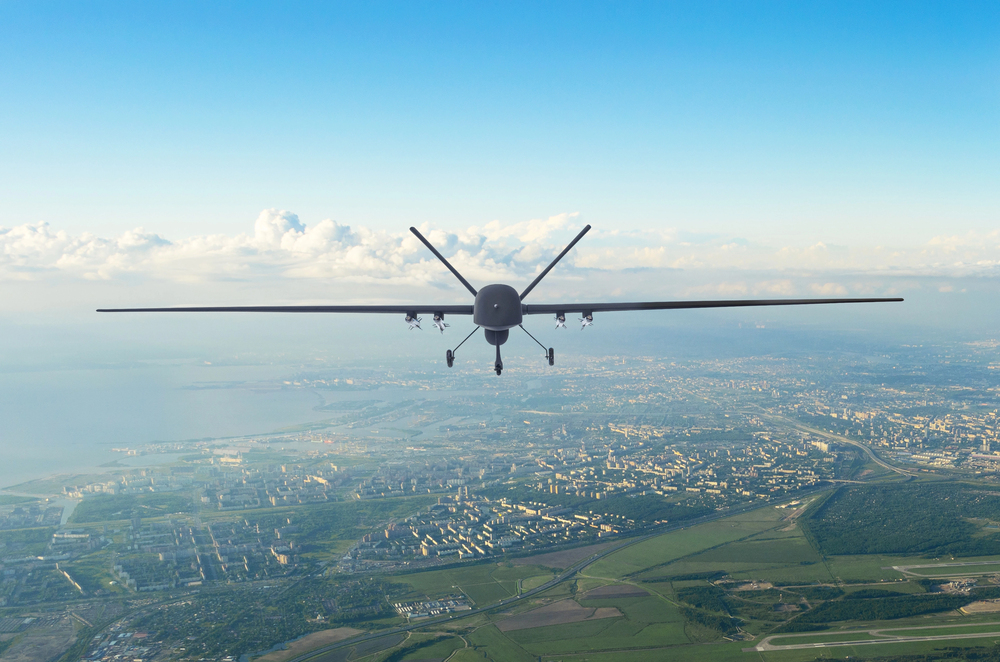
In this context, President Zelensky and former President Trump are negotiating what has been characterized as a ‘mega-deal’ an intended bartering of Ukraine’s combat-tested drone technology with more advanced weaponry from America. In the background, Russia continues to turn up the heat with its war of attrition, sending hundreds of drones out at night to hit both military and civilian infrastructure. What follows is an in-depth look at the most interesting developments driving the drone war, Ukraine’s grit, and the new race for air defense dominance.
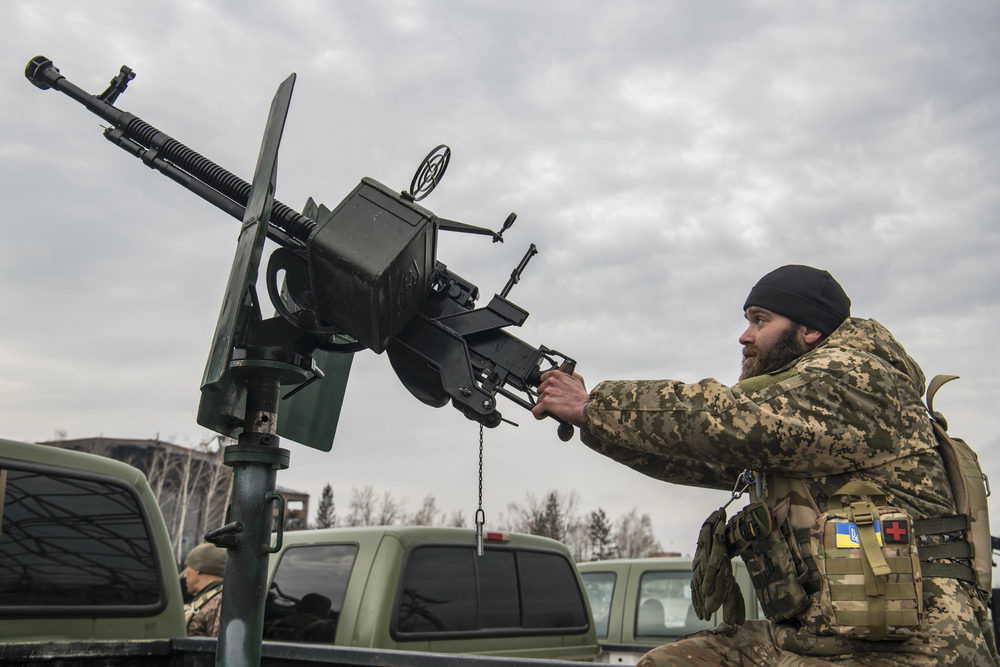
1. The ‘Mega-Deal’: Drones for Weapons, a New Transatlantic Pact
President Zelensky has hailed the negotiations with Donald Trump as a ‘win-win’ deal: Washington would obtain Ukraine’s battlefield-tested drones, while Kyiv would receive advanced U.S. weapons. ‘The people of America need this technology, and you need to have it in your arsenal,’ Zelensky explained to the New York Post, underlining the strategic importance of Ukraine’s drone expertise. This transaction may witness the U.S. adding Ukrainian drones able to strike within 1,800 kilometers of Russia to its forces, while Ukraine gains desperately needed air defense systems and ammunition. Concurrent negotiations with Denmark, Norway, and Germany reflect the larger European demand for Ukraine’s unmanned innovation. The suggested exchange is an indication of the change in U.S. defense focus: Trump’s 2026 draft budget prioritizes drones and long-range missiles ahead of conventional assets, acknowledging the lessons of Ukraine’s drone-based resistance.
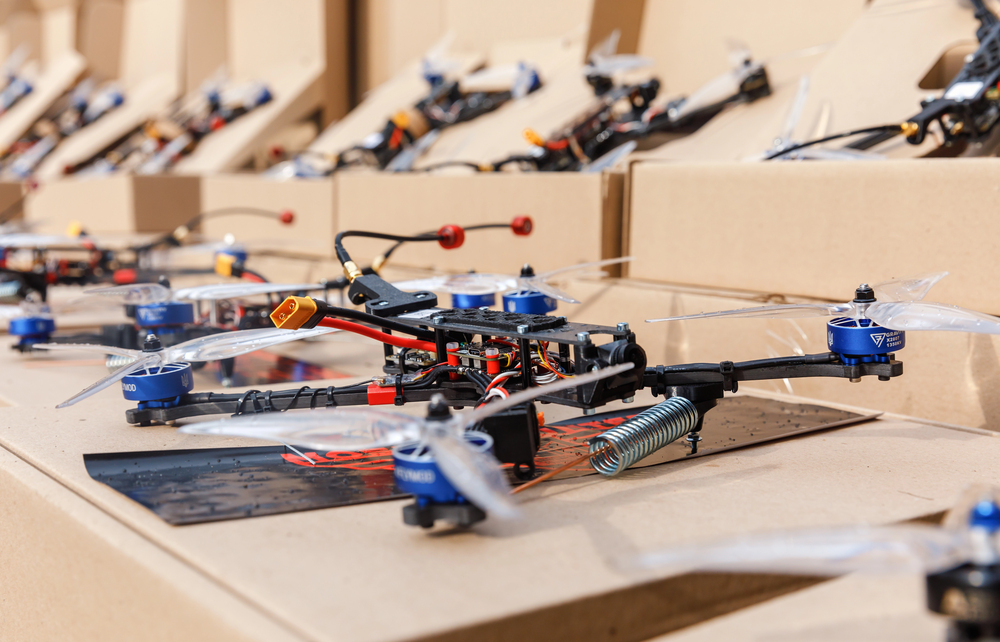
2. Ukraine’s Drone Arsenal: From Improvisational Quadcopters to Precise Swarms
Ukraine’s explosive transformation into a drone giant is remaking the art of war. Early on in the war, Ukrainian forces made do with repurposed commercial drones for reconnaissance and improvised attacks. Today, they deploy a spectrum of UAVs FPV kamikaze drones, long-range naval drones, and hybrid missile-drones like the Palianytsia and Peklo platforms. The scale is staggering: Kyiv plans to manufacture 30,000 long-range drones in 2025. In one operation, 117 drones targeted four Russian airbases, destroying dozens of strategic bombers. This innovation surge, driven by necessity and Ukraine’s tech sector, has made drones a primary tool for offsetting Russia’s numerical superiority.
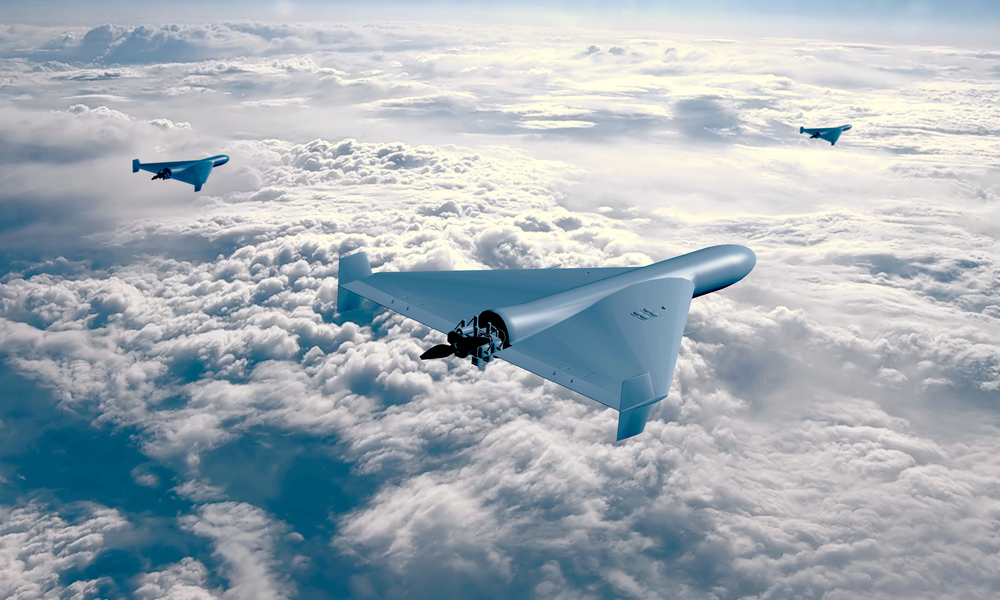
3. Russia’s Drone Saturation: Attrition by Numbers
Russia has counteracted by swamping Ukrainian airspace with Shahed drones, now produced locally in quantity with Chinese parts. In March 2025, Moscow increased to more than 1,000 weekly drone launches, hoping to overwhelm air defenses and weaken civilian resolve. These 2–5-kilometer-altitude drones are made intentionally difficult to down with cheap weaponry, compelling Ukraine to burn expensive missiles. As CSIS observes, ‘Russia’s reliance on Shaheds rests on a logic of attrition,’ with each cost $20,000–$50,000 but obliging much more expense on the defender. The approach is not precision but attritioning Ukraine’s resources and will.
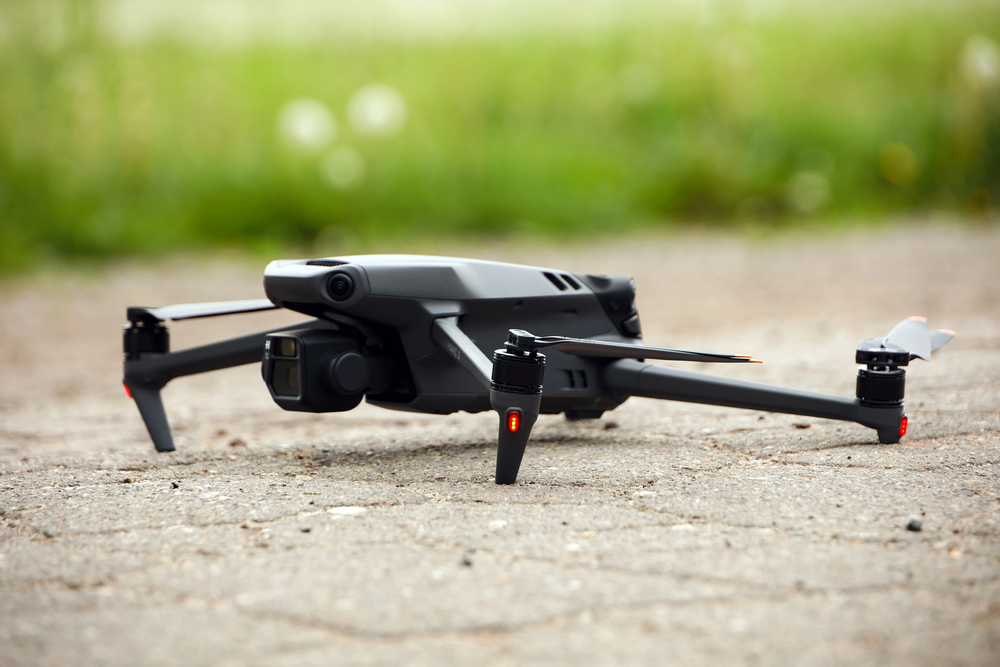
4. The Counter-Drone Arms Race: Lasers, Jammers, and AI
Ukraine’s survival requires a layered defense: radar networks, electronic warfare, mobile gun platforms, and increasingly, directed energy weapons. Electronically jammable devices such as the Skywiper and backpack-mounted Patelnya systems are commonplace, jamming drones’ navigation and compelling crashes. The Russian drones are evolving, though, with GPS-hardened systems and pre-programmed flight paths. The new frontier is high-energy lasers RTX’s 50-kilowatt DE M-SHORAD and Rheinmetall’s 50-kilowatt laser have been tested for expedient neutralization of drones. AI-enabled sensor fusion is being added to sense, track, and prioritize targets, as counter-swarm technologies become a requirement. The worldwide anti-drone market is anticipated to be worth $14.5 billion by 2030, a testament to the pace of this technological competition.

5. Energy Infrastructure in Peril: The New Battlefield
Russia’s missile and drone attacks have crippled Ukraine’s energy infrastructure, hitting power stations, transformer substations, and transmission lines. 400 drones and one ballistic missile attacked four cities in one night, wounding at least 15 individuals and destroying vital infrastructure. To date in late 2024, Ukraine lost 80% of its thermal capacity, leaving 5 GW out of 25 GW restored after two years. The assaults have necessitated a review of grid resilience: decentralizing the generation through solar, wind, and mobile gas turbines is now viewed as essential to survival. The EU is directing aid to support Ukraine in constructing a decentralized, flexible energy system strong enough to absorb future attacks.
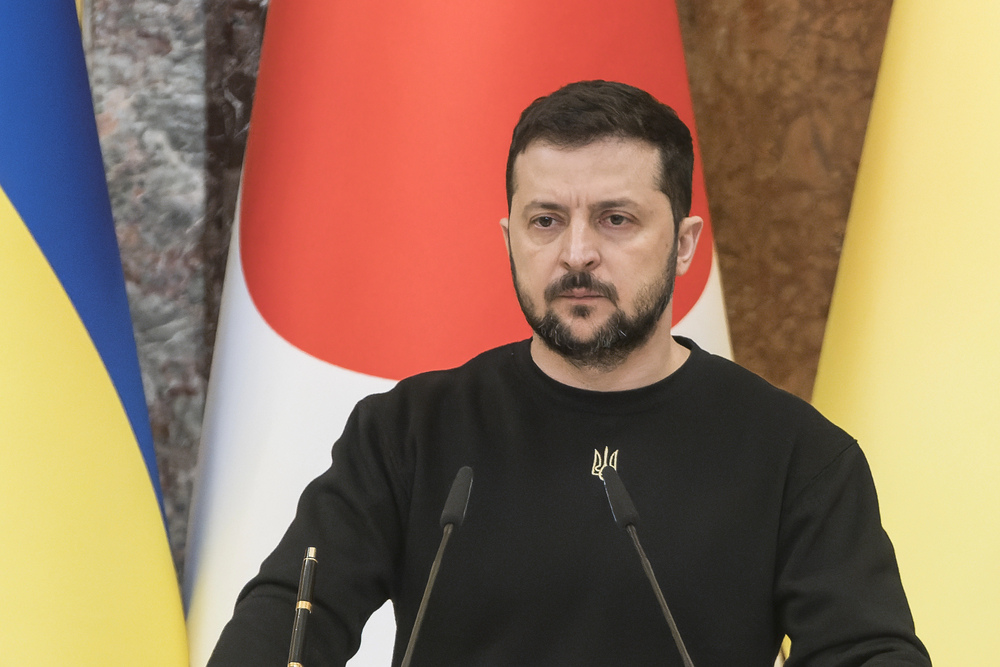
6. Diplomacy and Leadership: New Faces, Shifting Alliances
Between these military and technological disruptions, Ukraine is remaking its diplomatic community. Olha Stefanishyna, a veteran Euro-Atlantic integrationist, has been named special envoy and probable ambassador to the United States, reflecting Kyiv’s desire to deepen relations with Washington. Her selection coincides with President Zelensky seeking new defense and economic deals with the U.S., while auditing defense contracts and speeding up domestic arms manufacturing. The action follows criticism of departing ambassador Oksana Markarova by Trump’s staff, demonstrating the stakes of U.S.-Ukraine relations since tariff threats and arms sales are poised on a knife-edge.
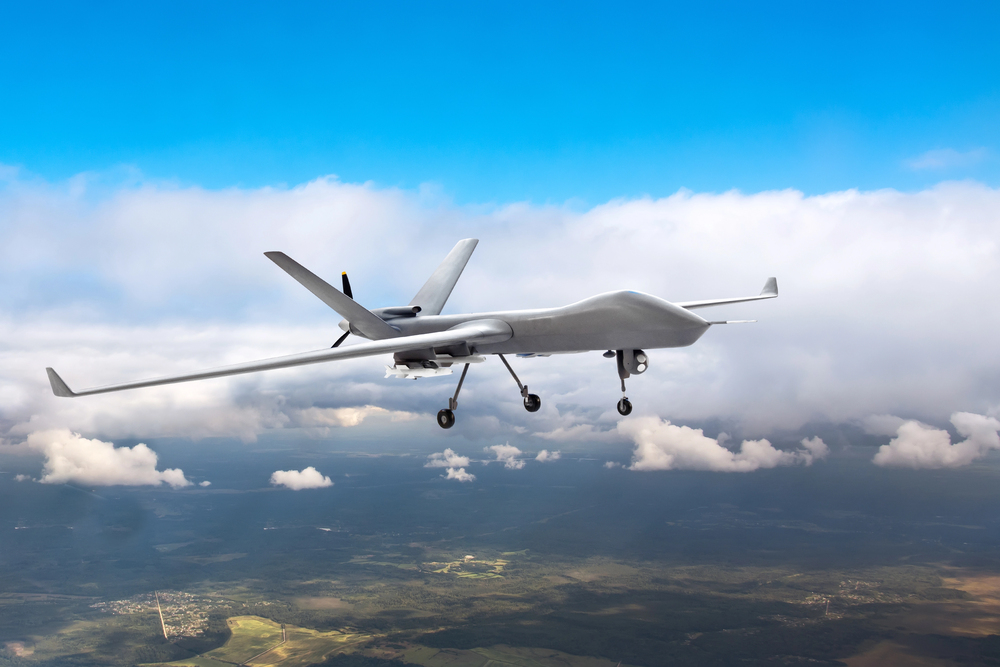
7. The Future of Drone Warfare: Lessons for the World
Ukraine’s experience is now a world case study in the growth of drone warfare and countermeasures. As Scientific American points out, the ‘swarmlike power’ of swarm drone attacks is in their capacity to overwhelm defenses and compel opponents to respond at great expense. The U.S., China, and Israel are competing to create AI-powered swarms, autonomous interceptors, and networked air defense. For defense planners, the lesson is: ‘Surviving drone saturation attacks in the age of autonomy and attrition requires a comprehensive, multi-layered defensive approach.’ Ukraine’s battlefield improvisation 3D-printed drone components, open-source production, and speed prototyping has created a new standard for wartime innovation. The world is paying attention, and responding.
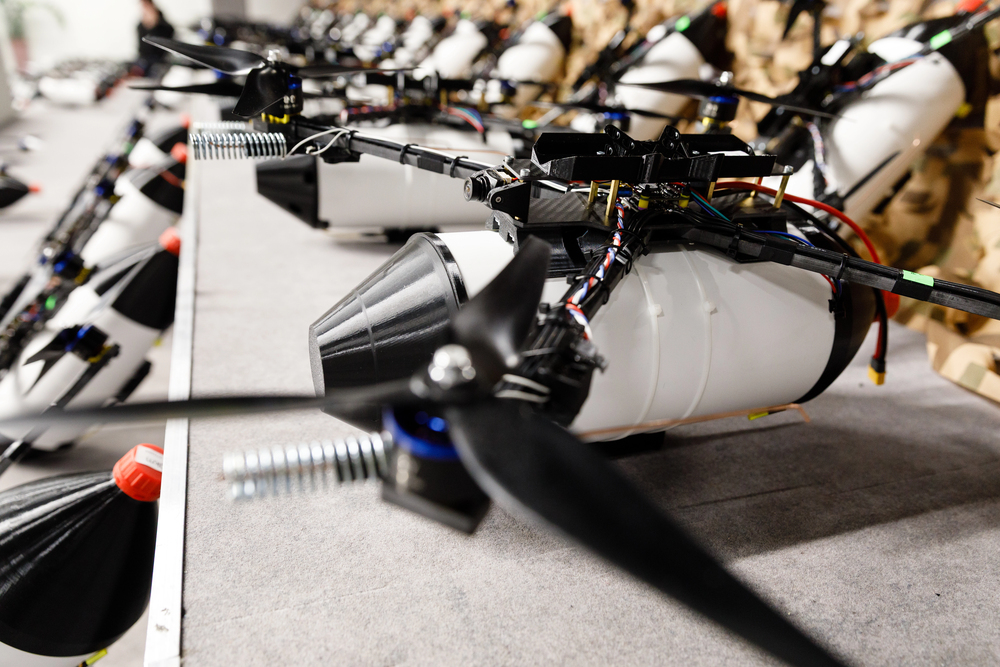
The drone war over Ukraine is more than a border war it is a testing ground for the future of military technology, energy security, and international relationships. As drones and counter-drones rapidly develop, the lessons learned here will determine not just the fate of this war, but the global security environment for decades to come. In this never-ending game of catch-up, those that adapt quickest and most cheaply will set the stage for the next generation of warfare.
